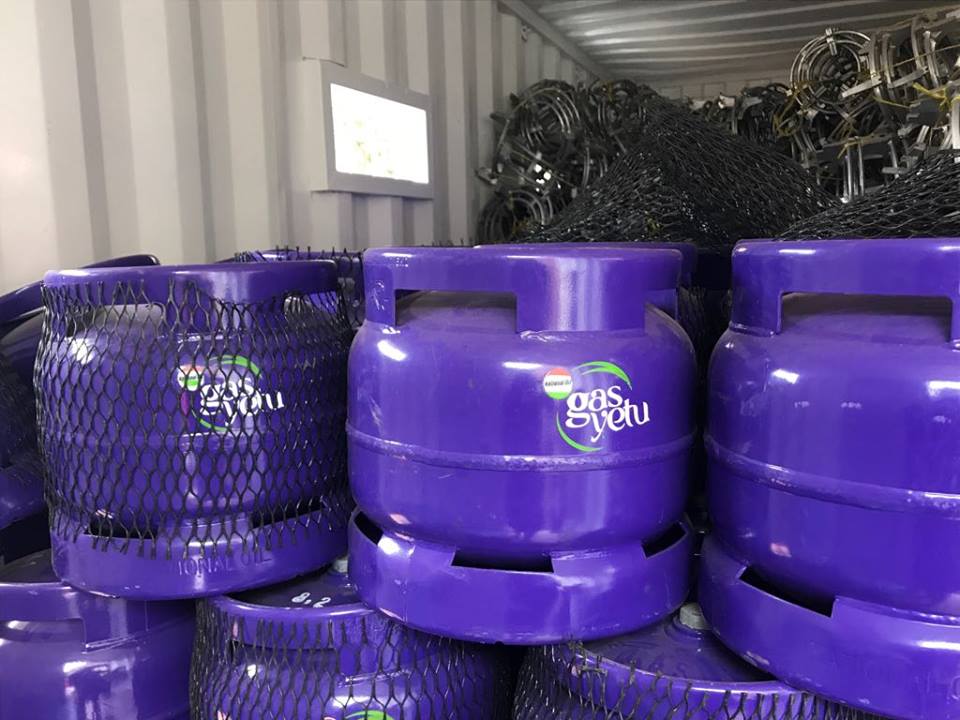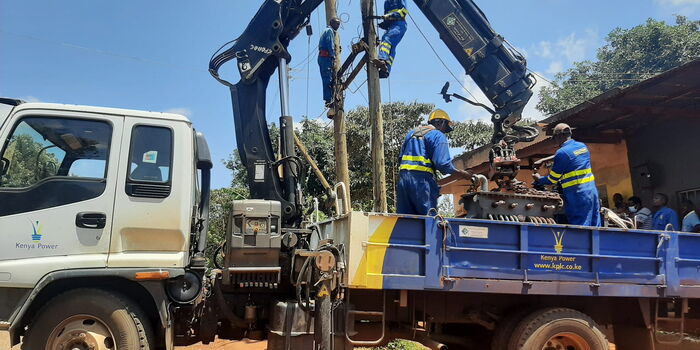- Money254 Money Weekly
- Posts
- Why You Keep Dipping Into Your Savings and How to Stop
Why You Keep Dipping Into Your Savings and How to Stop
You’ve probably been here before. You set a goal to save diligently for that car, emergency fund, or a plot of land, and for the first few months, things go well. Then, one small “temporary” withdrawal turns into two, and before you know it, your savings account looks like a regular spending account.

Greetings, and welcome to the 43rd edition of the Wallet Wellness Newsletter - your midweek source of practical financial tips to elevate your money management skills!
We hope you got a chance to read last week’s edition, where we discussed how to prepare for increased expenses at home during school break. This week, we shift gears to why you keep dipping into your savings and how to stop.
As always, be sure to check out the Concept Corner below for a deep dive into the money concept of the week.
Let’s dive in!
Sponsored Content
How Much Can Your Logbook Unlock for You?
While many microfinance institutions offer logbook loans of up to a few hundred thousand shillings or at most Ksh5 million, Mwananchi Credit goes far beyond. With Mwananchi Credit, you can unlock up to Ksh25 million against your vehicle—enough to fully cover an emergency, fund a project, or even start a new business.
The process is fast, with loans approved and disbursed within 6 hours, straight to your account. Apply for a quick loan today.
MONEY254 TIP OF THE WEEK
Why You Keep Dipping Into Your Savings and How to Stop
You’ve probably been here before. You set a goal to save diligently for that car, emergency fund, or a plot of land, and for the first few months, things go well. Then, one small “temporary” withdrawal turns into two, and before you know it, your savings account looks like a regular spending account.
So why does this keep happening, and how can you stop the cycle once and for all?
1. You Don’t Have a Real Emergency Fund
Most people in Kenya save everything in one place, meaning that when an emergency happens, they dip into any available money. But that often means touching long-term savings meant for other goals.
How to Fix: Separate your savings and have one account for emergencies (like unexpected medical bills or car repairs) and another for long-term goals (like investments or school fees). Even better — use a Sacco or MMF for long-term savings that are not too easy to withdraw instantly. This separation reduces temptation.
2. You Save What’s Left Instead of Saving First
Many people promise themselves, “I’ll save what’s left at the end of the month.” But let’s be honest, by the time the month ends, there’s rarely anything left. Between airtime, groceries, and that impromptu nyama choma outing, savings are always postponed.
How to fix: Always save first and spend what’s left. Set up a standing order to move money automatically to your savings account the day your salary comes in. You can’t spend what’s already gone to savings.
3. You Haven’t Defined What You’re Saving For
If your savings goal is vague — “just saving” — it’s easy to withdraw because there’s no emotional or practical connection to the money.
How to Fix: Give your money a job, and it can be an Emergency Fund, School Fees 2026, Car Deposit, or Trip Fund. When you name your goals, each withdrawal feels like taking away from something meaningful, and that helps you pause before transferring money for spending.
4. You’re Relying on Memory, Not a Budget
Sometimes, you dip into savings simply because you underestimated your expenses.
If your rent, fuel, or school runs cost more than expected, the only place to fill the gap is your savings.
How to Fix: Create a budget that’s honest, not idealistic. Include everything, including data bundles, snacks, haircuts, and those random birthday contributions. If you plan for them upfront, you’ll protect your savings from being the backup wallet.
5. Your Savings Are Too Accessible
With mobile money, it’s easier than ever to move money in and out of accounts, sometimes in seconds. That convenience often leads to impulse withdrawals.
How to Fix it: Use platforms that take 2–3 business days to process withdrawals, like some money market funds or Saccos. The delay gives you time to think: “Do I really need this money right now?”
6. You Don’t Have a Reward System
Saving can feel restrictive, especially if you never allow yourself to enjoy small wins. That frustration builds up, and one day, you raid your savings to treat yourself.
How to Fix: Create a small fun fund, maybe Ksh1,000–2,000 a month for guilt-free spending.
This keeps you from sabotaging your long-term goals out of boredom or frustration.
7. You’re Saving Alone
Without accountability, it’s easy to justify dipping into your savings — no one will know, right?
How to Fix: Join a savings group or accountability partner. Platforms like Chamas, or even a close friend with similar financial goals, can help you stay consistent and committed.
Final Thought
Constantly dipping into your savings doesn’t mean you’re bad with money; it just means your system needs work. With better separation, automation, and clear goals, you can build a structure that protects your savings from impulse and emergencies alike. Because real financial progress isn’t about how much you save once — it’s about how well you protect it over time.
CONCEPT CORNER
Risk Tolerance
Risk tolerance refers to the willingness of an investor to take risks and the ability to withstand market volatility to achieve their objectives. Investors can be classified into three categories depending on their risk tolerance: Aggressive(high-risk tolerance), Moderate (balances between low and high-risk vehicles), and conservative (lowest risk tolerance). Read More
Money Tips & Career Advice
MONEY254 #MONEYTOK
She Made Her First Ksh1 Million in Just 24 Hours, the Lesson She Learnt
Imagine you are just about to make your first Ksh1 million in a single deal where you have invested your life savings, but a crisis involving import duty at the port threatens to push you into bankruptcy.
Well, this happened to Susan while importing electronics two months ago. She was slapped with an unexpected Ksh300,000 duty, but still managed to make a clean Ksh1 million profit after discovering a quick fix.
That's it for this edition of Wallet Wellness. We hope these financial tips have added some energy to your hustle. Stay tuned for more practical insights in our next edition of "Wallet Wellness" next week, and watch out for Money Weekly in your inbox this Friday.
Also, don’t forget to download the Money254 App on the Google Play Store, and remember that we can help you compare over 300 loans, savings accounts, current accounts, and more if you’re thinking about your next product.
Cheers to your wallet's well-being!
Money254 editorial team.
FEEDBACK REQUEST ❤️
Poll: What do you think of this midweek Wallet Wellness email?We'd love to have your feedback on this Wallet Wellness newsletter. Let us know how you feel about it below! You will be able to give us direct feedback on how we can make it back after voting 🙏 |
Thank you to all of you who gave feedback on last weeks newsletter!
❤️ Share with a friend
Thanks for reading. If you liked this week’s Wallet Wellness email, we’d love for you to share it with a friend.
If this email was forwarded to you, you can subscribe here.





%20(1).jpg)




